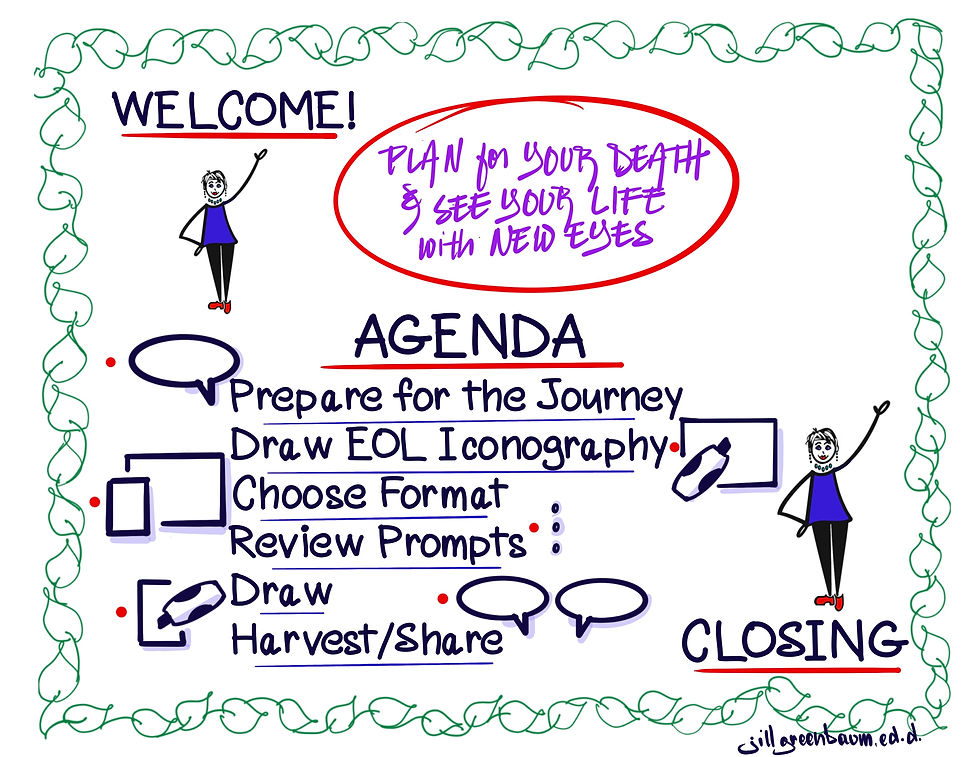- Jill Greenbaum, Ed.D.

- Sep 6, 2023
- 2 min read

The 2023 Graphic Medicine Conference in Toronto, was close to overwhelming—in a good way! This hybrid event brought together professionals from various disciplines and offered glimpses of the myriad ways graphics become medicine.
As an in-person attendee, I could choose from three keynote presentations, thirty paper presentations, forty-three lightning talks, and six workshops. There were too many times I wanted to be in two places simultaneously!
The keynote presentations in the giant lecture hall (at the University of Toronto’s Myhal’s Center) were visually stunning, informative, and provocative. Look here (and on the following pages of the Graphic Medicine blog), https://www.graphicmedicine.org/blog/page/2/, to read abstracts of some of the presentations and see several of the visuals.
The few paper presentations I attended offered in-depth sharing of research or programs. While they were fascinating, I chose to experience as much of the conference as possible in the Lightning Talks. Those sessions provided an amazing array of personal stories, community projects, research, and more. It was truly an avalanche of information in five-minute bursts, providing just a tasting.

Happily, I had an opportunity to meet up with colleagues from the Sequential Artists Workshop. And to my surprise and delight, many of them attended my session, Plan for Your Death and See Your Life with New Eyes. It was a delight to share my passion for end-of-life planning through a workshop that enabled others to begin to conceive and draw their plans. Preparation for the session enabled me to ground myself in my past few years' experiences and share the learning with others.
All of this work began for me in September of 2020, when about half a dozen visual practitioners came together to form VEOLI—Visualizing End of Life Issues. We continue to come together for personal and professional development and to share our knowledge and talents with the world.
Postscript: Speaking of sharing—my workshop was only available to in-person conference attendees. Some folks who attended online asked if I would be willing to present the session in the Graphic Medicine monthly Drawing Together session this fall. While I can't replicate a 90-minute session in 60 minutes, I will create an abridged version in alignment with the Drawing Together format. I am scheduled for October 29th. All are welcome! Learn more here, https://www.graphicmedicine.org/drawingtogether/, and you can sign up too! I'd love to see you!



